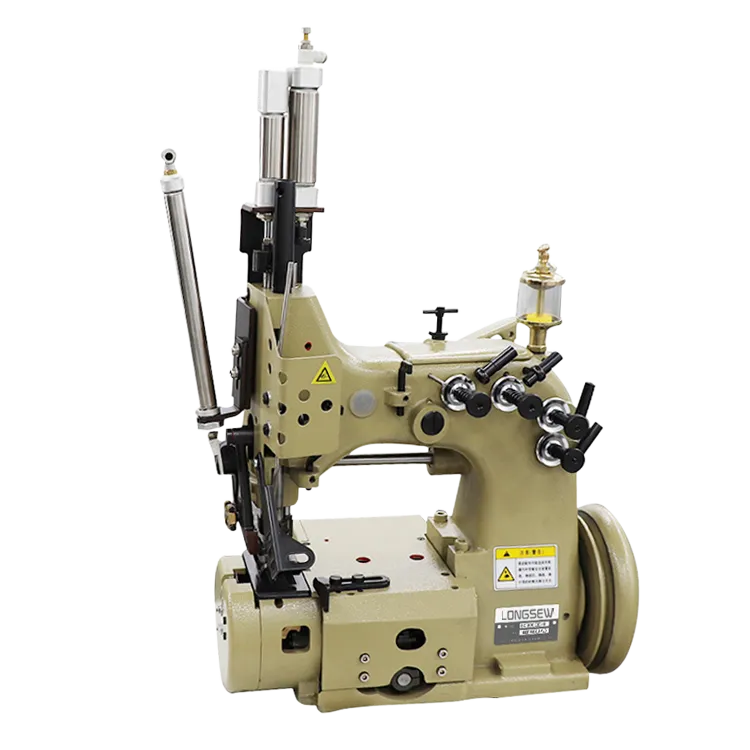Exploring Creative Techniques for Auto Upholstery Sewing and Design Patterns for Personalized Automotive Interiors
The Art of Auto Pattern Upholstery Sewing
Auto pattern upholstery sewing is a fascinating blend of craftsmanship, creativity, and precision. This specialty within the broader realm of upholstery not only revamps the aesthetics of a vehicle's interior but also enhances comfort and functionality. Understanding the nuances of this craft can be pivotal for both hobbyists and professional upholsterers alike.
The Basics of Auto Upholstery
At its core, auto upholstery involves the process of refurbishing or designing the interior of vehicles, which includes seats, door panels, headliners, and more. Unlike home upholstery, which often focuses on static pieces of furniture, auto upholstery must accommodate the dynamic nature of vehicles. This means working with materials that can withstand wear and tear, resist stains, and endure varying weather conditions.
One of the most important aspects of auto upholstery is the ability to create patterns that fit the specific dimensions and contours of a vehicle's interior. This often requires detailed measurements and a keen eye for detail. Auto upholsterers must also be adept at utilizing fabrics and leather that not only align with the design vision but also match the vehicle's aesthetic and functional requirements.
Choosing the Right Materials
The selection of materials is crucial in the auto upholstery process. Common options include synthetic fabrics, leather, vinyl, and suede. Each material has its advantages and drawbacks. For instance, while leather offers luxury and durability, it may require more maintenance. On the other hand, synthetic fabrics can offer a broad range of colors and patterns but may lack the same aesthetic appeal.
When creating patterns, one must also consider the purpose of the upholstery. For instance, a vehicle intended for family use may prioritize easy-to-clean materials, while a sporty coupe might focus on stylish designs and innovative textures.
auto pattern upholstery sew

Pattern Creation and Cutting
Once the materials are chosen, the next step involves creating patterns. This process can be as simple as tracing existing upholstery pieces or as complex as drafting new designs from scratch. Precision is key here. Each piece must fit seamlessly with others, ensuring that seams align correctly and that the upholstery retains its integrity during use.
Cutting the material must be done with care to avoid waste and ensure each piece maintains its intended shape. Professional upholsterers often utilize specialized cutting tools and techniques to ensure accuracy.
Sewing Techniques
The sewing process is where the magic truly happens. Auto upholstery sewing involves various techniques, including stitching, tufting, and sometimes even quilting. Each technique serves a purpose, from providing structural integrity to enhancing visual appeal. A strong understanding of different stitch types, such as straight, zigzag, or decorative stitching, is essential for achieving the desired result.
When sewing multiple pieces together, it’s imperative to maintain tension and alignment to avoid any mishaps. Additionally, the use of industrial sewing machines, along with heavy-duty threads, can greatly enhance the quality and durability of the final product.
Conclusion
In conclusion, auto pattern upholstery sewing combines artistry and technical skill to breathe new life into vehicle interiors. This craft requires not just an understanding of materials and techniques, but a passion for design and attention to detail. Whether one is restoring a classic car or customizing a modern vehicle, mastering the art of auto upholstery can lead to impressive transformations that blend comfort, style, and practicality. As the automotive world continues to evolve, the significance of skilled upholstery remains a timeless necessity, ensuring every ride is as enjoyable as it is visually stunning.
-
Leather Sewing Machine: The Industrial Standard for Tough MaterialsNewsJul.18,2025
-
Sail Making Machine: Heavy-Duty Stitching for Industrial and Marine NeedsNewsJul.18,2025
-
Sling Sewing Machine: The Backbone of Heavy-Duty FabricationNewsJul.18,2025
-
Leather Sewing Machine: Precision for Heavy-Duty StitchingNewsJul.18,2025
-
Big Bag Sewing Machine: Powering the Future of Bulk PackagingNewsJul.18,2025
-
FIBC Sewing Machine: Essential Equipment for Bulk Bag ProductionNewsJul.18,2025
-
Heavy Duty Leather Sewing Machine: A Must-Have for Professional LeatherworkNewsMay.28,2025





























